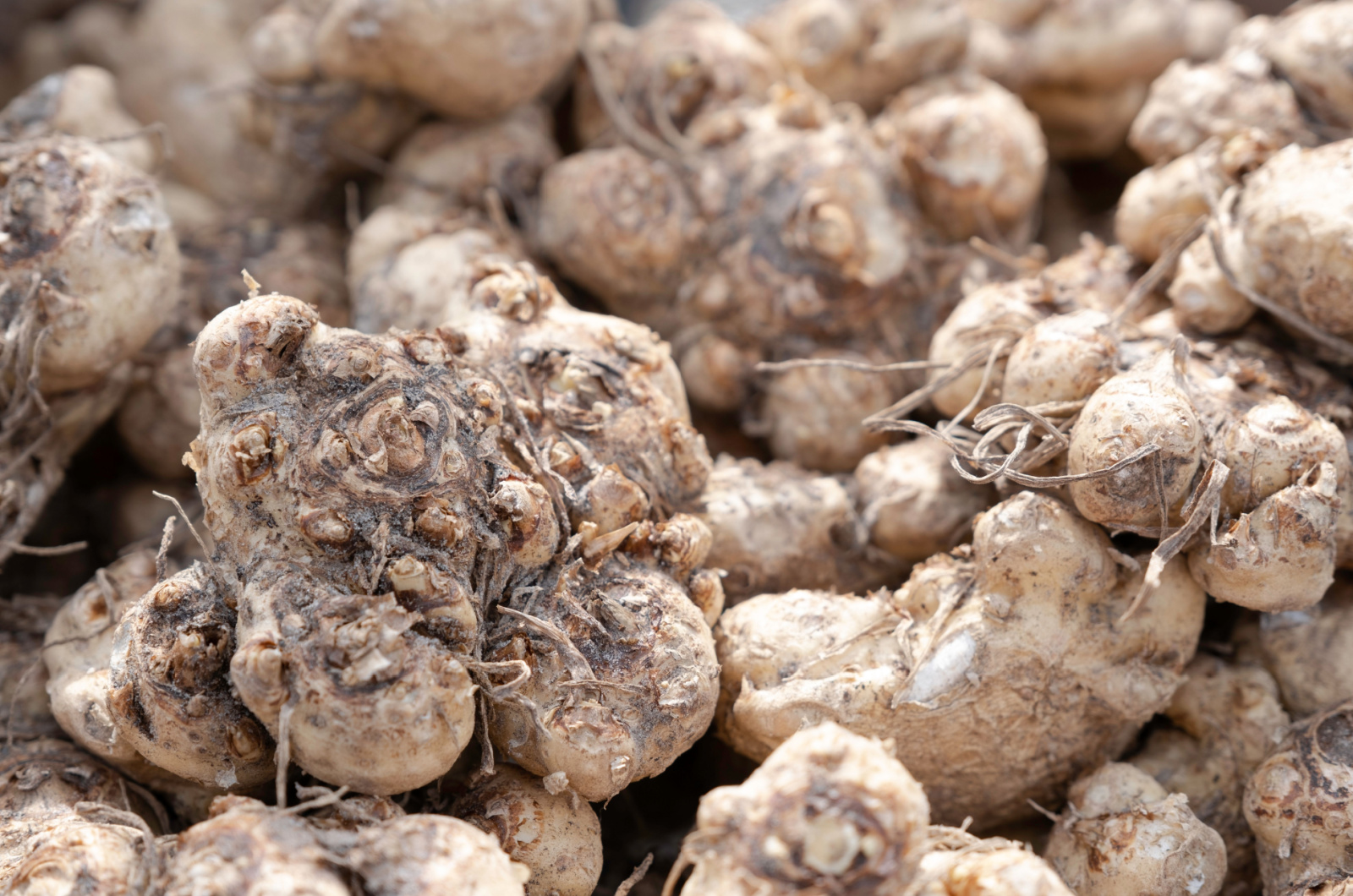Cannas are frequently used in flower beds and they’re renowned for their extraordinary beauty and low care requirements.
But one thing you should know about these plants is that they can’t tolerate low temperatures and the first hard frost can quickly kill them.
Many US regions are expecting the first frost in the coming weeks and if you live in one of them, hurry up because it’s not too late to save your canna roots for planting next year.
In this article, I’ll show you how to do it and give you some top-notch tips for storing and transplanting your cannas.
Let’s get started!
How To Save Canna Roots From The First Hard Frost
Cannas are actually native to tropical regions and are one of the most frequently grown heat-tolerant perennials. Unfortunately, their underground structures, referred to as rhizomes, don’t tolerate cold that well.
Since the first frost date is coming closer, you should make a choice. You can either let the rhizomes freeze in the ground and buy new ones next season or take them out of the ground.
Yes, the easiest way to save your cannas is to dig them out of the ground and store them to overwinter.
Don’t confuse the first frost with the first hard frost; light frost won’t damage your cannas and it’s actually advisable to dig out the rhizomes after they experience it. On the other hand, a hard frost will severely damage the rhizomes and they won’t survive through the winter.
Luckily, digging up the rhizomes is a simple task and you don’t need any special equipment or skill to complete it.
Even though many gardeners suggest using shovels for this task, I always use a garden fork and don’t have any problems. I think there are actually some benefits of this tool. First, the space between the tines helps you avoid damaging the rhizomes.
And second, there isn’t so much soil around the rhizomes when you dig them with a garden fork.
Some growers recommend cutting the stalks before the foliage thaws and becomes brown from the frost. Honestly, I didn’t notice any significant difference and I’m done with waking up before dawn just to dig my plants!
How To Dig Up The Rhizomes
Here are the steps for digging up canna lily rhizomes.
1. After the first frost hits your region, cut the stems to approximately 6 inches above the ground. It’s way easier to handle rhizomes when you have stems to hold on to.
2. Take your garden fork and dig a few inches away from the stalk. This will help you avoid damaging the roots; repeat the process one or two more times and you’ll be able to determine the position of the rhizomes.
3. Don’t remove the soil that remains on the rhizomes unless there are some larger clumps.
In this video, you’ll find out more about the lifting process of canna lily rhizomes.
How To Store Your Cannas
Cannas are definitely on the list of plants to transfer indoors for overwintering. But before you store them in a permanent spot, you’ll need to cure the bulbs (rhizomes).
The easiest way to complete this task is to put the rhizomes in a warmer place, such as a garage. Make sure there’s good circulation in the garage or place you plan to cure the bulbs. The outer skin of canna rhizomes will toughen and it will prevent rotting.
Now you should wrap the rhizomes with a sterile material, such as vermiculite or peat moss. These materials will absorb moisture and protect your rhizomes from rotting.
Some gardeners use damp straw or sawdust to wrap their cannas; you can use various materials but it’s essential they’re damp but not overly wet.
You can also turn the bulbs upside down as many growers do, but I didn’t notice any difference.
Leaving the stalk on the rhizomes isn’t a bad option but you should remove it to save some space.
If you have a spot where temperatures and humidity are in the recommended range, you can simply leave some garden soil on the roots and store the bulbs in a root cellar. For me, the best option is to put the wrapped bulbs in a cardboard box and then store them.
The ideal temperature range for stored canna rhizomes is from 45 to 50 degrees Fahrenheit. If the temperatures are cooler, it will affect the rhizomes and cause decaying.
On the other hand, if the temperatures are warmer, the bulbs can dry out, so you need to inspect them more frequently.
When To Transplant Cannas In Your Garden
If you follow all the steps above, canna rhizomes will overwinter successfully and be ready for spring planting.
The perfect soil temperature for your canna rhizomes ranges from 60 to 65 degrees Fahrenheit.
Some gardeners plant the rhizomes in containers before taking them outdoors in the spring. This gives the rhizomes an excellent head start!
If your area was already hit with frost, don’t worry, you still have some time to take your cannas out of the ground. Simply follow our instructions and you’ll have healthy and thriving cannas next season!



